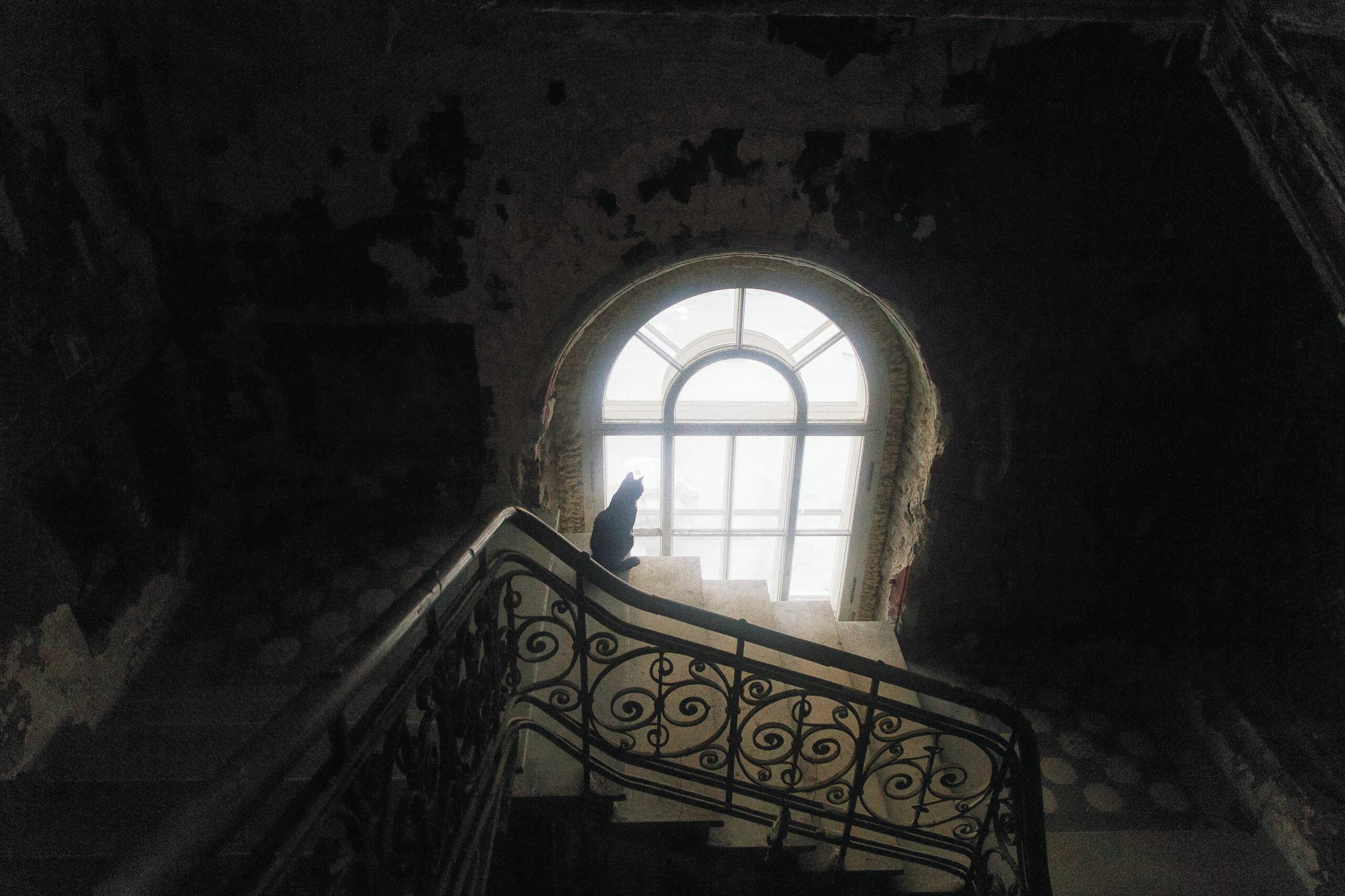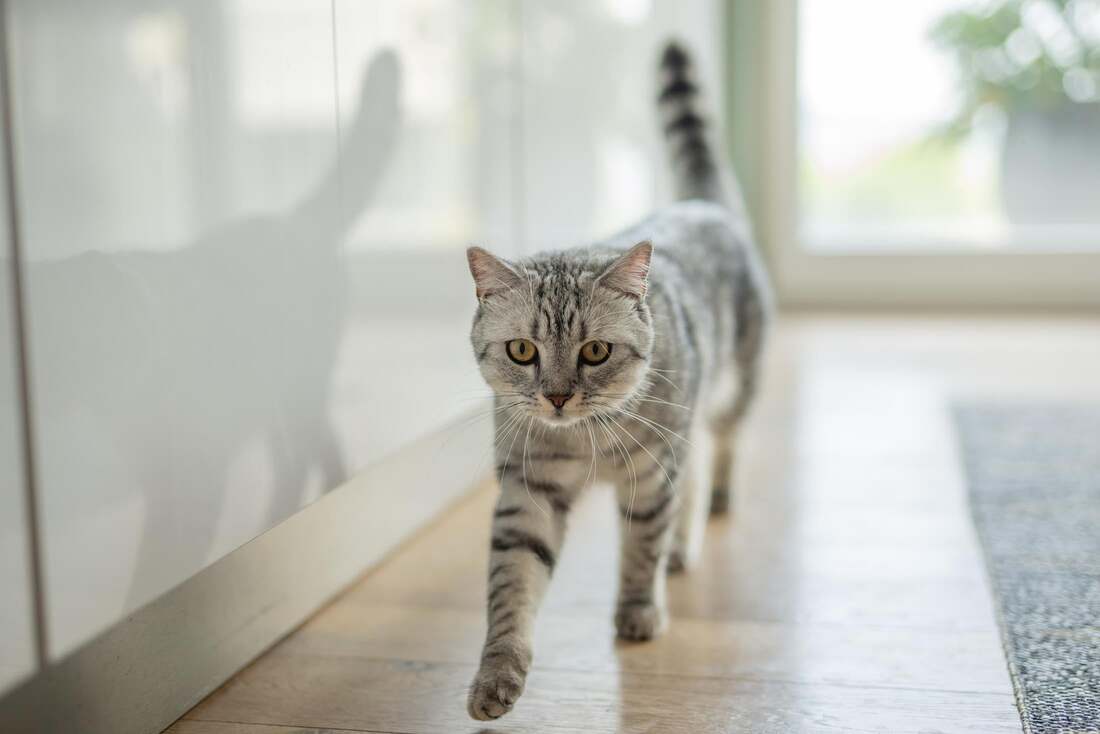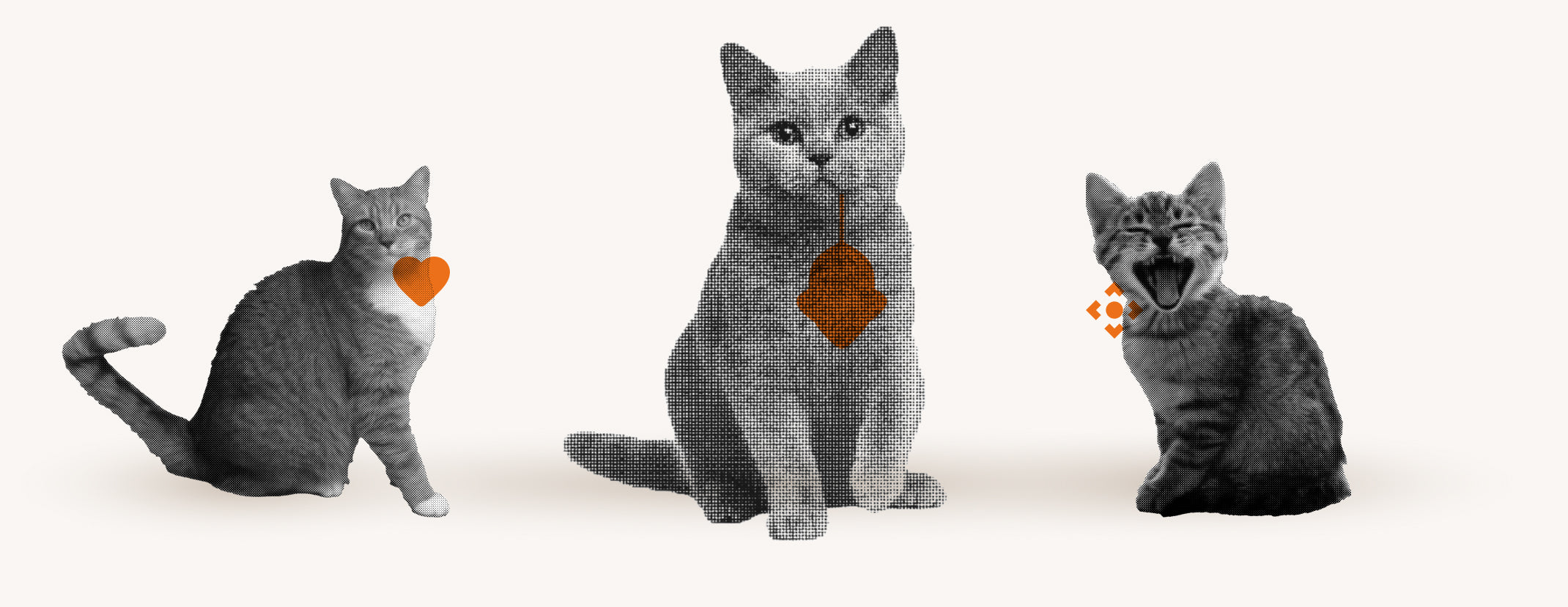Imagine if your cat could enter and leave the house on its own – without the hassle of opening the door!
Temporary solutions with cat flaps in plexiglass panes are often not airtight and make ventilation difficult.
The solution is the professional installation of a cat flap directly in the basement window, which ensures permanent tightness and comfort.
In this blog post, you will learn step by step how to install a cat flap in your basement window, what advantages it offers and what you need to consider.
Why a cat flap in the basement window makes sense

A cat flap in the basement window offers clear advantages . Especially in winter, when it is cold outside, it allows your cat to get into the warm home on its own without you having to leave a door or window open. This keeps the house warm and energy costs low. The cat flap also offers your four-legged friend the freedom to go in and out as he pleases, which is very important for his well-being.
For cat owners, installing a cat flap in the basement window means above all comfort and safety :
- Comfort because you don't have to constantly get up to open or close the door.
- Safety , as you don't have to worry about your cat being stuck outside in the cold or in dangerous situations. At the same time, you prevent other animals from getting into the house. A cat flap in the basement window is a practical solution that makes life easier for you and your cat.
Different types of cat flaps at a glance
Before you choose a cat flap, you should know the different types. The simplest option is the standard flap, which only opens in two directions: in and out. This is a good choice if you just want your cat to be able to go in and out, with no frills.
However, there are also more complex models that offer more control:
- A 4-way flap allows you to determine whether the flap should be completely open, closed, only accessible from the outside or only from the inside.
- For those who are energy conscious, there are double door flaps, which are often better insulated as they are equipped with side brushes and a magnetic closure.
There are also cat flaps with different locking systems :
- Mechanical locking system : Here the flap is closed after use by a magnetic strip.
- Magnetic locking system : Your cat wears a magnetic collar that opens the door only for him.
- Multi-magnet system : Here the magnetic key can be coded with different locking options to offer even more specific control options.
Step-by-step instructions: Installing a cat flap in the basement window
Installing a cat flap in a basement window is not that difficult if you work systematically and have the right tools to hand. First, you should measure the basement window to determine the size of the cat flap. Then you get the right flap and the necessary material:
- A cat flap of your choice
- sealant to seal the flap
- Screws and possibly dowels for assembly
Next comes the assembly . It is important that you work precisely and carefully:
- Mark the spot on the window where you want to install the cat flap.
- Use a jigsaw to cut out the hole for the flap, using the template provided as a guide.
- Insert the cat flap and secure it with screws. Don't forget to seal everything well so that no water gets in.
Legal and safety issues when installing a cat flap
Before you start installing a cat flap, there are a few legal aspects you should consider. If you live in rented accommodation , it is important to get permission from your landlord, as installing a cat flap will involve structural changes. If you own your home, however, you must check whether there are any rules in place by the homeowners association that could restrict such changes. In both cases, it is advisable to have a written agreement to avoid any misunderstandings later.
Safety should always be a top priority when installing a cat flap. Make sure the flap is installed in such a way that it:
- does not represent a weak point for burglaries,
- not placed too close to latches or window handles to minimize the risk of break-ins, and
- is designed so that there is no risk of injury to your cat or children in the household. It is also important to check the flap regularly to ensure it is working properly and to maintain or replace it if necessary.
Frequently asked questions about installing a cat flap in the basement window
Many cat owners wonder if it is even possible to install a cat flap in a basement window, especially if it is a sliding window. The answer is yes , but it requires some manual work. You first have to cut a wooden panel to fit the window opening and then install the cat flap in this panel. It is important that the window can still be securely closed afterwards to prevent break-ins .
Another frequently asked question is the cost of installing a cat flap in a basement window. This can vary depending on whether you do the installation yourself or hire a professional. If you go for the DIY option , you will need to expect costs for the cat flap itself, additional materials such as wood panels and sealants, and possibly tools. A professional may charge additional labor costs , but you will benefit from their experience and the security of a professional installation.
Benefits of a cat flap in the basement window for you and your cat
A cat flap in the basement window offers you and your cat numerous advantages. For the cat, it means freedom and independence , as it can decide for itself when it wants to leave or enter the house. For you as the owner, it means comfort , because you don't have to get up every time to open the door, and control , as you can determine at what times your cat has access to the outside. Here are the main advantages at a glance:
- Freedom for the cat : It can follow its natural instincts and enter or leave the house as it pleases.
- Time saving and convenience for you : No more constantly opening and closing doors.
- Control over access : You can set the times when your cat is allowed outside, which can be especially useful at night.
Flappies intelligent cat flap: Your upgrade for the basement window
The intelligent cat flap from Flappie is a real upgrade for your basement window and makes everyday life easier and safer for you and your cat. With the selective access control , you decide when and how your cat can enter the house. The prey detection is particularly practical: Thanks to the camera and AI technology, Flappie recognizes when your cat tries to bring prey into the house and prevents this. You have everything under control with the Flappie app :
- Receive push notifications when your cat wants to come home.
- Watch videos and photos of your cat - ideal for capturing sweet moments.
- Set access rules and adjust settings conveniently on the go.
If you are ready to increase the comfort and security of your home, visit Flappie to learn more about the smart cat flap system.
Frequently Asked Questions
Can you install a cat flap in a window?
Yes, it is possible to install a cat flap in a window. The blog post describes how you can install a cat flap in a basement window, even if it is a sliding window. To do this, you need to cut a wooden panel that fits into the window opening and then install the cat flap there. It is important that the window can still be securely closed afterwards.
Can the landlord prohibit a cat flap?
Yes, if you are renting it is important to get permission from your landlord before installing a cat flap as it is a structural alteration. It is recommended to have a written agreement to avoid any misunderstandings later.
How much does it cost to install a cat flap in a window?
The cost of installing a cat flap in a basement window can vary. If you do the installation yourself (DIY option), you will have to reckon with costs for the cat flap itself, additional materials such as wooden boards and sealants, and possibly tools. If you hire a professional, labor costs will be added to the material costs. But you will then benefit from their experience and the safety of a professional installation.





Share:
Subsequent installation of a cat flap in the window
Installing a cat flap in a glass door yourself